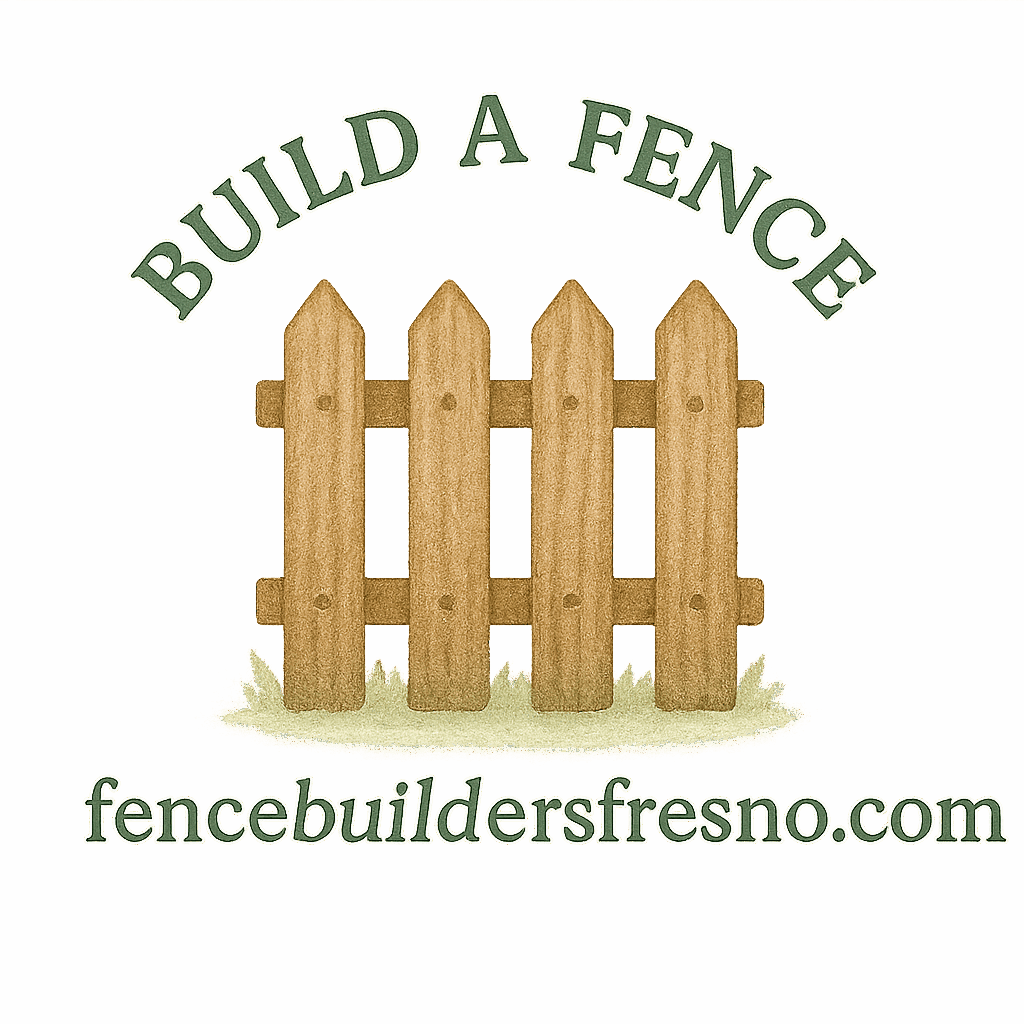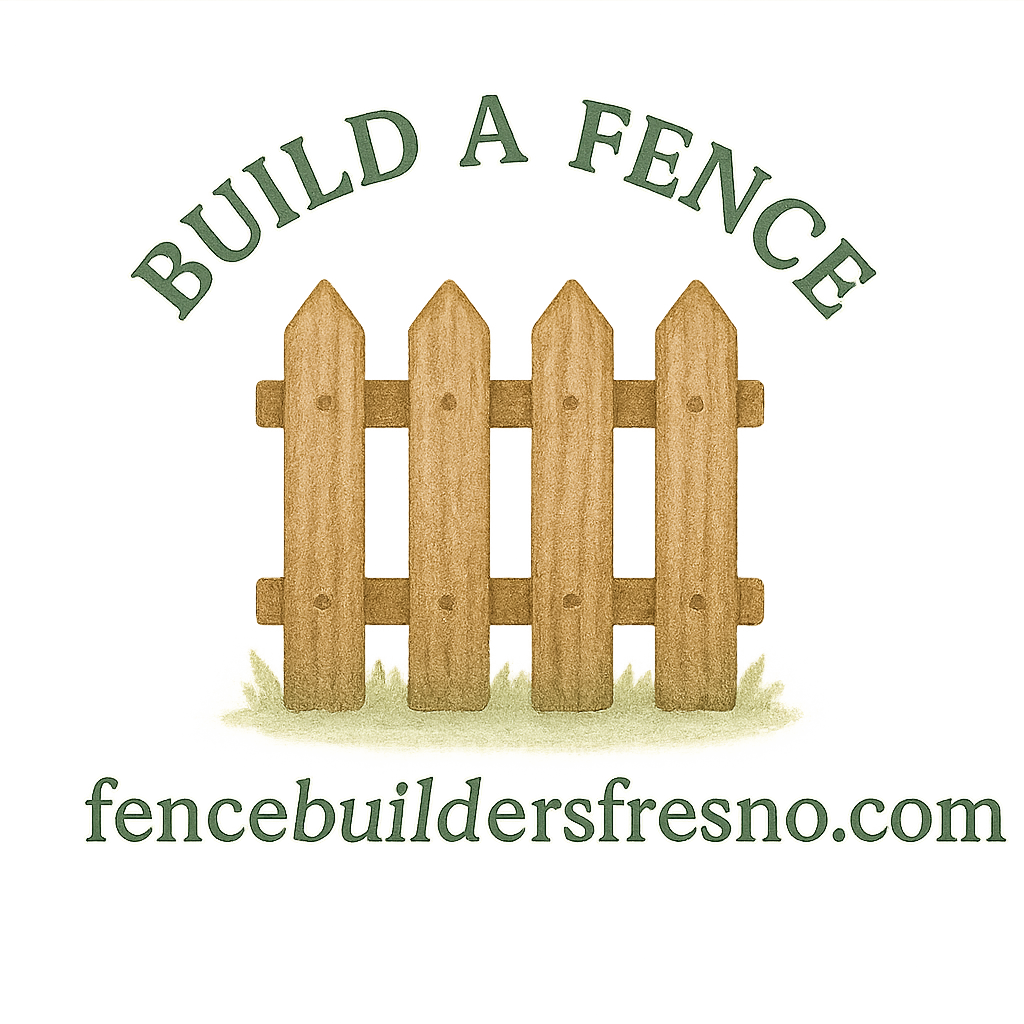Introduction
Finishing your DIY fence planning is exciting, but here’s the catch—your work doesn’t stop once the posts are set. The true test comes in making sure your fence stays strong and attractive for decades. That’s where durability comes into play.
This article will walk you through 11 expert tips for long-term fence durability after DIY fencing planning, with advice from Fence Builders Fresno and real-world practices that keep fences standing tall.
Why Fence Durability Matters
The Role of Proper DIY Planning
Every durable fence begins with a solid plan. Skipping the fence design and planning stage is like building a house without blueprints—you’re setting yourself up for failure.
Long-Term Cost Savings
When you invest in durability now, you save yourself the headache of constant repairs. A well-planned fence installation can last 20+ years, while a poorly built one might not survive five.
Expert Tip #1: Choose the Right Fence Material
Wood Fence Considerations
Wood is timeless, but it needs love. Using cedar or redwood and practicing wood fence care keeps it strong.
Vinyl and Composite Options
Want low effort? A vinyl fence resists weather, insects, and rot—perfect if you prefer a “set it and forget it” style.

Metal Fences for Maximum Strength
Powder-coated steel or aluminum is built to last. If durability is your top priority, a durable fencing option like metal might be your best bet.
Expert Tip #2: Prioritize Proper Post Installation
Importance of Depth and Stability
Fence posts are like your foundation. Without stability, everything else falls apart. Follow fence building basics and sink posts at least 1/3 of their length underground.
Concrete vs. Gravel Base
Concrete locks posts in tight, while gravel improves drainage. The right choice depends on your soil and climate.
Expert Tip #3: Plan for Weather Resistance
Moisture Protection
Moisture is wood’s worst enemy. Applying waterproofing protects against rot, while low-maintenance materials like vinyl keep water damage away.
UV and Heat Resistance
The sun can crack, bleach, and weaken fences. UV-resistant coatings make a huge difference, especially for front yard fences constantly exposed to sunlight.
Expert Tip #4: Seal and Treat Your Fence Regularly
Wood Sealants
Think of sealants as sunscreen for wood. Regular treatment prevents damage and extends the life of your home fencing investment.
Rust Protection for Metal
For metal fences, use powder coatings or rust-resistant finishes. Learn more in the fence maintenance and repair guide.
Expert Tip #5: Maintain Proper Spacing and Alignment
Avoid Warping and Leaning
Crowding boards too closely can cause warping. Following fence guide recommendations ensures better airflow and stability.
Design Considerations for Durability
Horizontal fences or decorative styles like decorative fencing can reduce wind load while adding style.
Expert Tip #6: Incorporate Drainage Solutions
Avoid Water Pooling
Standing water rots wood and rusts metal. Consider French drains or raised gravel beds as part of your upkeep tips.
Sloped Yard Adjustments
If your property is sloped, use stepped or racked fence designs to prevent stress.
Expert Tip #7: Schedule Routine Inspections
Identifying Early Damage
Loose nails or cracks may not look serious, but over time they weaken the whole structure. Seasonal fence maintenance keeps problems small.
Seasonal Checkups
Check after storms, heavy winds, or harsh winters. Prevention is always cheaper than repair.
Expert Tip #8: Repair Damage Promptly
Fixing Loose Boards and Panels
A single loose board can compromise stability. Learn how to handle it with DIY fence repair techniques.
Handling Rust and Cracks
Catch rust early with sanding and repainting. For vinyl, use patch kits to stop cracks from spreading.
Expert Tip #9: Keep Vegetation Under Control
Prevent Root Damage
Tree roots can push against posts and shift property lines. Review property rights before planting near boundaries.
Reduce Moisture Retention
Bushes and vines trap water, speeding up rot. Keeping greenery trimmed is part of good fence upkeep.
Expert Tip #10: Consider Legal and Property Boundaries
Avoid Encroachments
Nothing shortens a fence’s life like tearing it down because of property line disputes or legal fencing issues.
Neighbor-Friendly Fencing Practices
Following boundary fence etiquette makes for happy neighbors and fewer conflicts.
Expert Tip #11: Plan for Low Maintenance Upkeep
Choosing Low-Maintenance Materials
Materials like vinyl or composite fall under the low-maintenance fencing category. Perfect if you don’t want constant upkeep.
Smart Design Choices for Easy Care
Simple, streamlined designs mean fewer spots for water, dirt, and pests to cause problems.
Common Mistakes to Avoid
Skipping Permits and Local Codes
Ignoring legal property considerations can force you to rebuild from scratch. Always check local laws.
Poor Material Selection
Installing untreated pine in a wet climate? That’s a shortcut to rot. Always choose materials suited for your area.
Conclusion
DIY fence planning is just step one. To enjoy your investment for years, you need to think beyond the build. With these 11 expert tips for long-term fence durability, plus insights from Fence Builders Fresno, your fence can stay strong, stylish, and dispute-free for decades.
FAQs
How often should I seal a wood fence?
Every 2–3 years, depending on weather and exposure.
Can vinyl fences handle extreme heat?
Yes, but UV-resistant vinyl performs best in hot climates.
What’s the best way to prevent leaning fences?
Proper post depth and choosing the right base (concrete or gravel) are key.
Do I need a permit for a DIY fence project?
Most areas require permits. Check local legal fencing rules first.
How deep should fence posts be for durability?
At least one-third of the post length should be underground.
What’s the easiest fence material to maintain?
A vinyl fence is one of the most hassle-free options.
How can I extend my fence’s lifespan beyond 20 years?
Use durable materials, waterproof regularly, and follow upkeep tips consistently.


